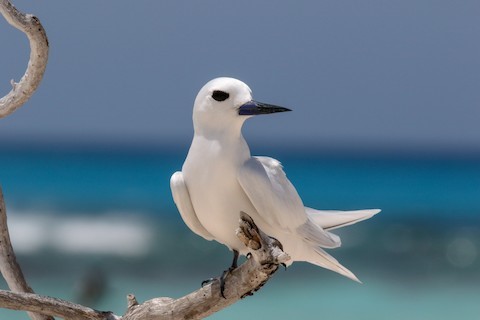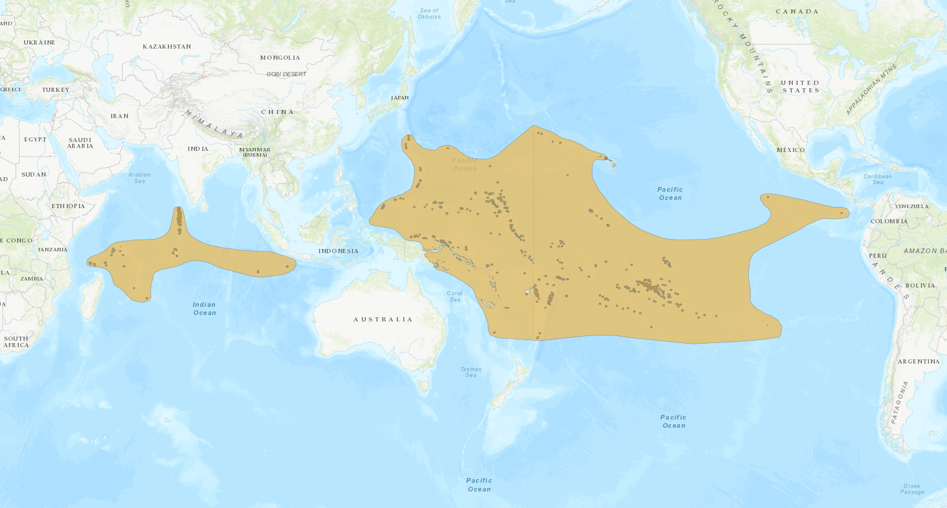Birdfinding.info ⇒ Widespread and common in many parts of its large range, mostly on and around its remote mid-oceanic nesting islands. Relatively accessible sites where it can be found readily include: Honolulu, the Seychelles (many islands, including Mahé, Praslin, and La Digue), Lord Howe and Norfolk Islands, Samoa, and Tahiti. Especially common in Honolulu, where it first nested in 1961 and by 2016 the mostly resident population had exceeded 700 pairs. It can usually be found downtown, along Kalakaua Avenue and Kapiolani Boulevard, on the University of Hawaii campus, and in Punahou, Waikiki, and Kapiolani Park (see map below).
Common Fairy-Tern
Gygis candida
Mid-oceanic islands of the tropical Indian and Pacific Oceans, where it “nests” by laying an egg in an open depression on a tree branch, cliff ledge, or building.
In the Indian Ocean, breeds on the Seychelles, Maldives, Tromelin, Rodrigues, Chagos, and Cocos Keeling Islands.
In the Pacific: nearly throughout Micronesia and Polynesia, west to Iwo Jima and Palau, north to Hawaii’s Northwest Chain and Oahu, and east to the Pitcairn Islands (formerly or sporadically east to Easter and Salas y Gomez); also locally in the Bismarck Archipelago, New Caledonia, Fiji, Lord Howe, Norfolk, and Kermadec Islands, and disjunctly in the eastern Pacific on Clipperton (Mexico), Cocos (Costa Rica), and probably Malpelo (Colombia).
Mostly resident in the vicinity of its nesting islands, but some dispersal occurs and some local populations are known to depart seasonally. Away from nesting islands, it regularly appears in offshore waters of the Coral and Tasman Seas and Central America—exceptionally at coastal locations in these areas—and generally across remote expanses of the eastern tropical Pacific.
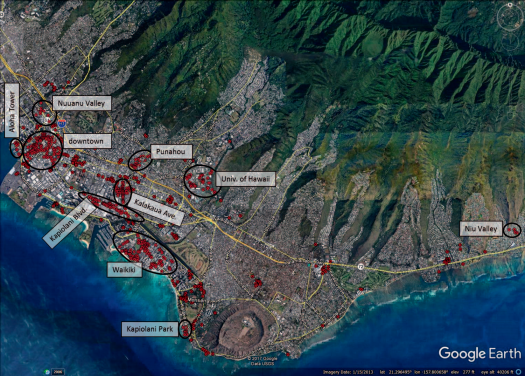
Locations of trees used by Common Fairy-Terns in Honolulu in 2016, excluding Hickam Air Force Base. © VanderWerf & Downs 2018
Those that breed on Clipperton and Cocos Islands are usually present only from February to September or October. Several records from offshore of Costa Rica and Panama suggest that some portion of the Cocos population winters in those waters.
Not a frequent vagrant, but there are records of wanderers or storm-blown individuals from many areas including southwestern India, Indonesia (Flores), southwestern Australia, Japan (several, north to Hokkaido), the Philippines, the Galápagos (Genovesa), and Isla Socorro (Mexico).
Identification
A small, ethereal, all-white tern with a daggerlike black bill and a black eye bordered by black feathers. The tail is forked, or deeply notched, but can appear squarish when fully spread.
The bill is proportionately deep-based and usually appears distinctly upturned. Its base usually has a bluish tone that can be vivid at times and subtle or undetectable at other times.
Juvenile plumages vary from almost all-white to mostly with extensive brownish fringes on the upperparts and brownish spots on the underparts.
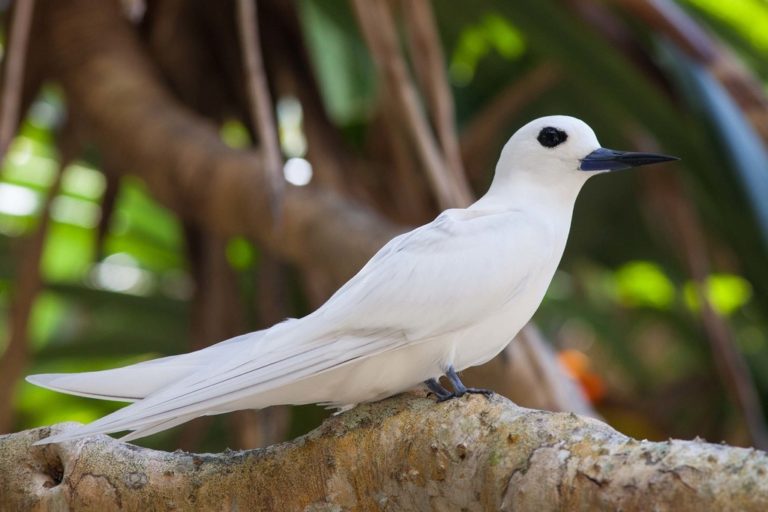
Common Fairy-Tern. (Maré, Îles Loyauté, New Caledonia; September 16, 2009.) © juju98

Common Fairy-Tern. (Aride, Seychelles; October 23, 2019.) © Oscar Campbell

Common Fairy-Tern, with bill appearing mostly bluish. (Cocos Island, Costa Rica; July 15, 2020.) © Sergio Arias
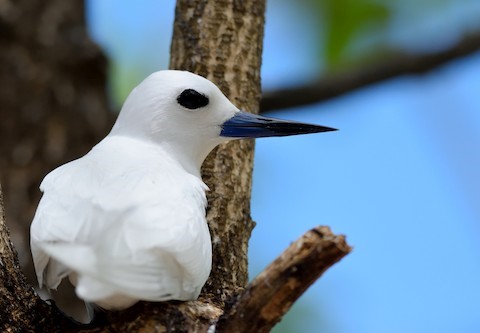
Common Fairy-Tern, with bill showing extensively bluish base. (Cousin Island, Seychelles; October 20, 2016.) © Ori Davidor
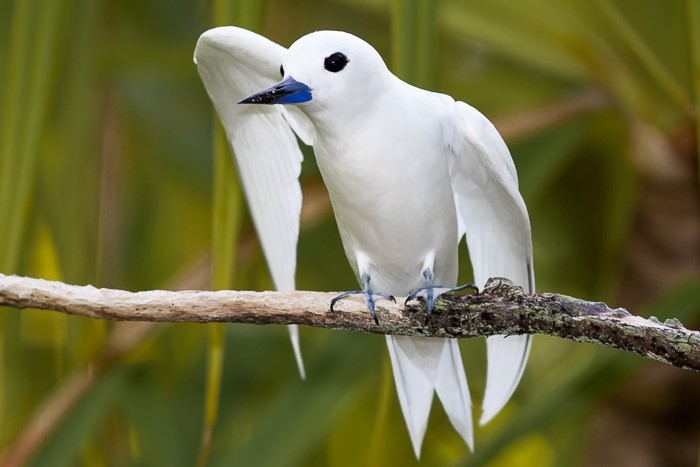
Common Fairy-Tern, with bill showing vivid blue base—also note forked tail. (Tenararo, French Polynesia; September 12, 2013.) © David Sargeant
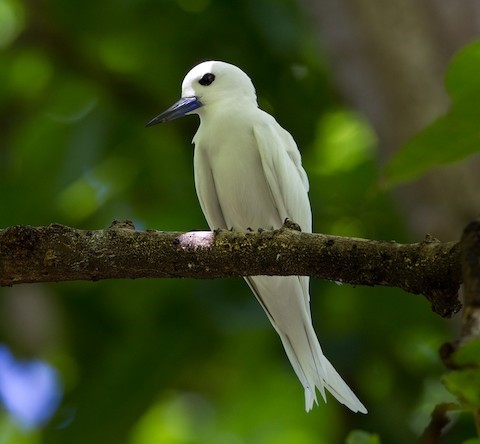
Common Fairy-Tern. (Tench Island, New Ireland, Papua New Guinea; July 13, 2014.) © Lars Petersson

Common Fairy-Tern. (La Digue, Seychelles; June 5, 2016.) © Roberto Braga
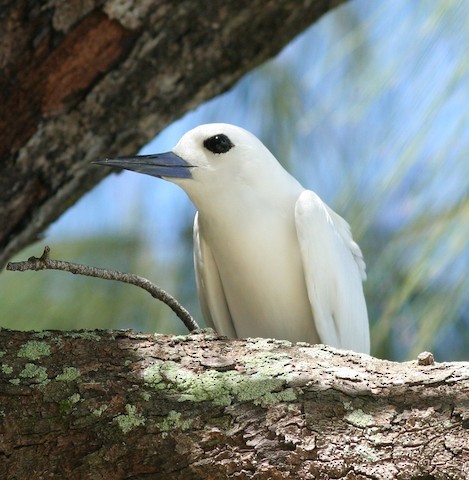
Common Fairy-Tern. (Cocos Island, Guam; March 19, 2017.) © Matthew Bowman
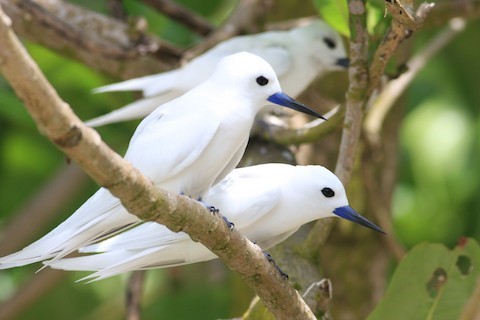
Common Fairy-Tern. (Aride, Seychelles; October 22, 2019.) © Oscar Campbell
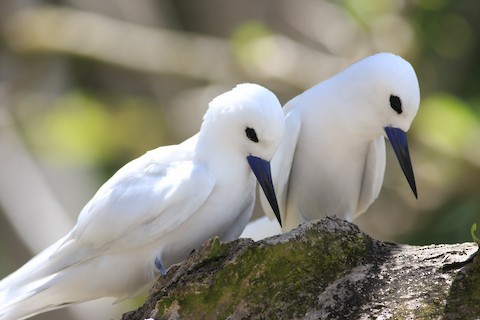
Common Fairy-Tern. (Aride, Seychelles; October 22, 2019.) © Oscar Campbell
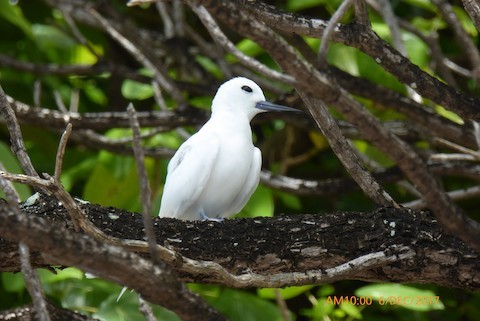
Common Fairy-Tern, with bill appearing all-black. (Home Island, Cocos Keeling Islands; December 6, 2017.) © Norton Gill

Common Fairy-Tern. (Motu Tapu, Kiribati; February 22, 2019.) © George Henry Stirrett

Common Fairy-Tern. (Île aux Cocos, Rodrigues Island, Mauritius; June 10, 2010.) © Peter Steward
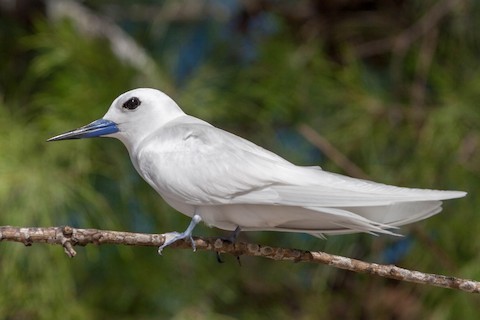
Common Fairy-Tern. (Bird Island, Seychelles; March 17, 2009.) © Jean-François Garin
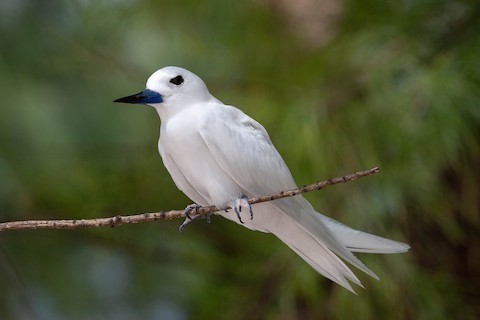
Common Fairy-Tern. (Bird Island, Seychelles; March 17, 2009.) © Jean-François Garin
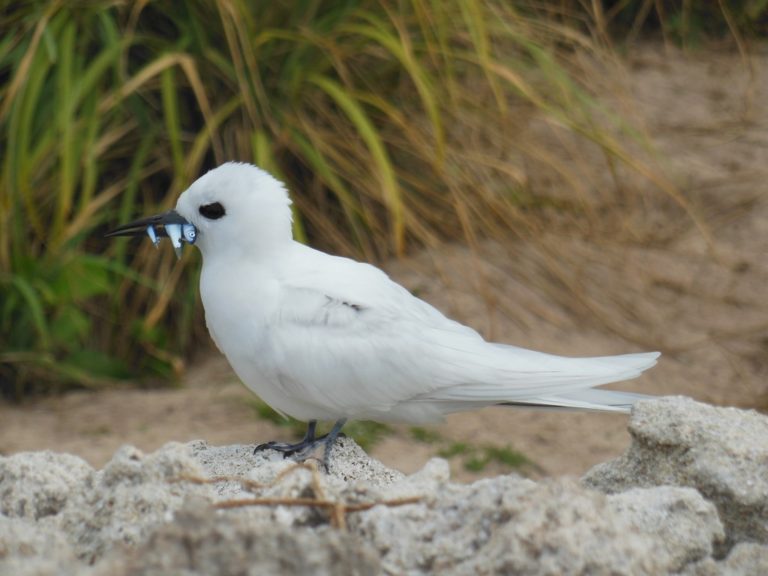
Common Fairy-Tern, holding three fish in its bill. (Laysan Island, Hawaii; April 15, 2013.) © Andy Bridges
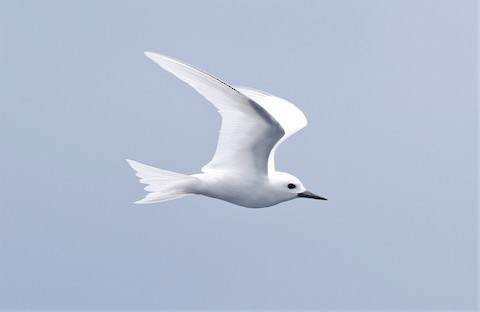
Common Fairy-Tern. (Offshore from Caño Island, Costa Rica; July 26, 2018.) © Jeff Tingle
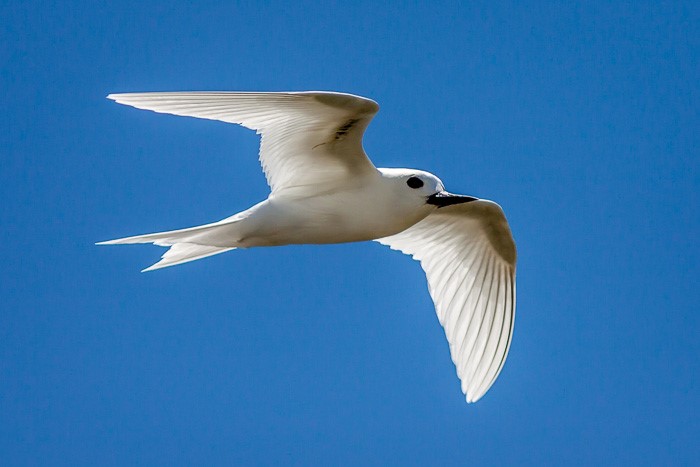
Common Fairy-Tern. (Rangiroa, French Polynesia; October 3, 2013.) © David Sargeant
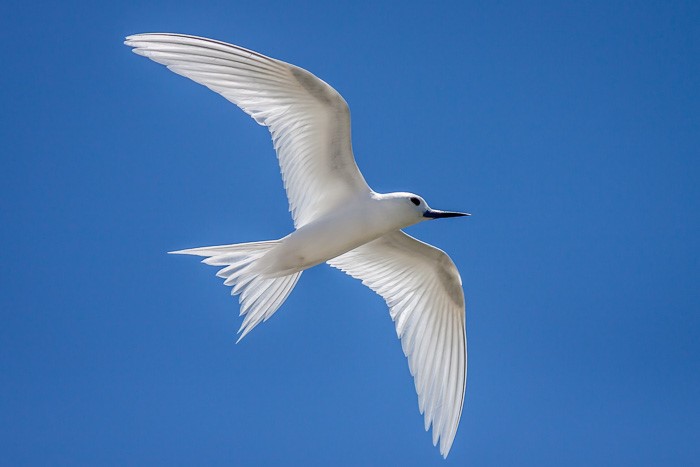
Common Fairy-Tern. (Tenararo, French Polynesia; September 12, 2013.) © David Sargeant
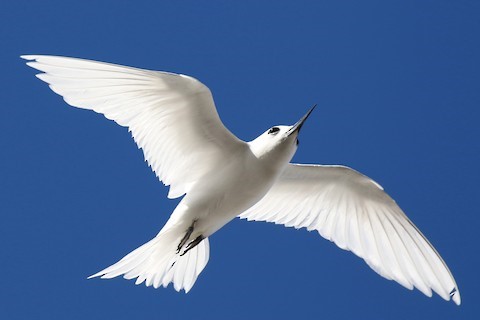
Common Fairy-Tern. (Honolulu, Hawaii; January 26, 2020.) © Eric Gustafson
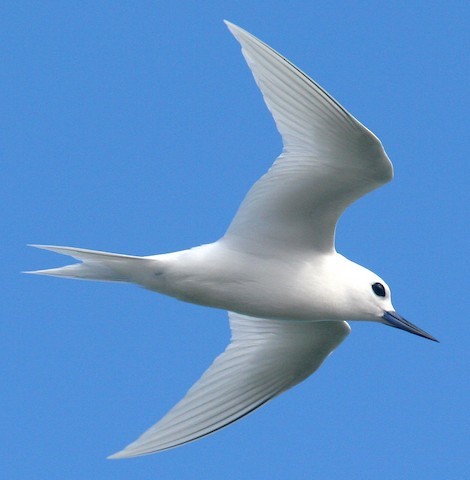
Common Fairy-Tern. (Kejbwe Islet, Maloelap Atoll, Marshall Islands; December 8, 2007.) © Eric VanderWerf
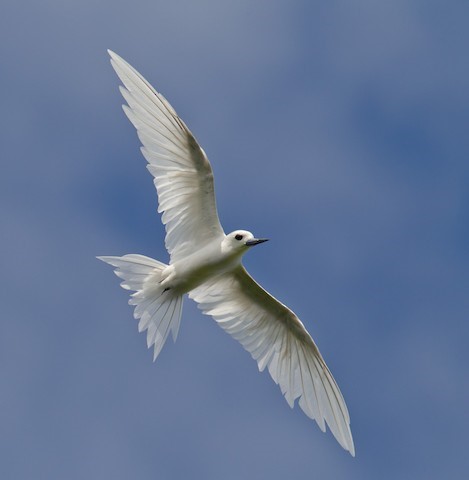
Common Fairy-Tern. (Tench Island, New Ireland, Papua New Guinea; July 13, 2014.) © Lars Petersson
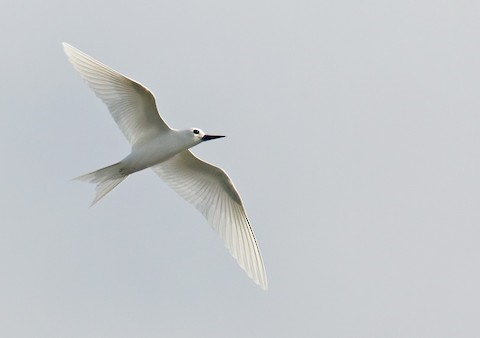
Common Fairy-Tern. (Tench Island, New Ireland, Papua New Guinea; July 13, 2014.) © Lars Petersson

Common Fairy-Tern. (Eastern Island, Midway Atoll National Wildlife Refuge, Hawaii; June 2, 2009.) © Steve Tucker
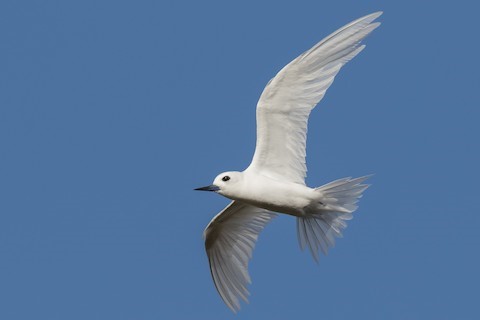
Common Fairy-Tern. (Honolulu, Hawaii; July 15, 2017.) © Sharif Uddin
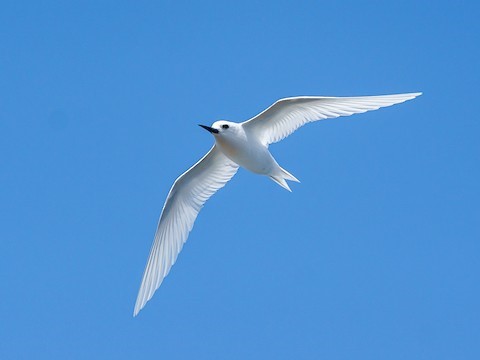
Common Fairy-Tern. (Norfolk Island, Australia; December 6, 2015.) © David and Kathy Cook
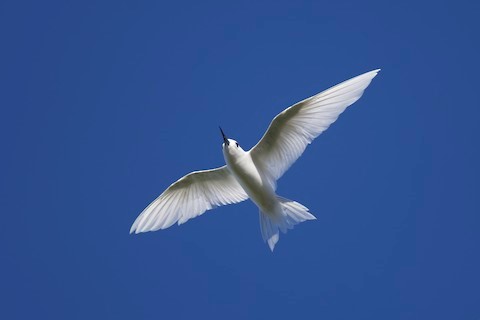
Common Fairy-Tern. (Kapiolani Park, Honolulu, Hawaii; May 27, 2019.) © Brandon Trentler
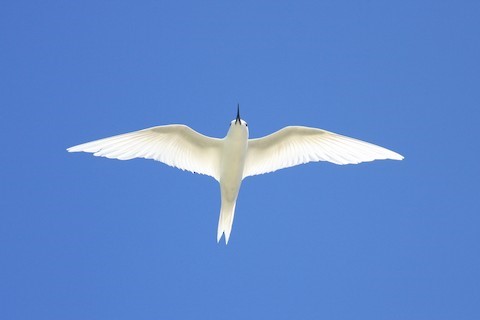
Common Fairy-Tern. (Aride, Seychelles; October 22, 2019.) © Oscar Campbell
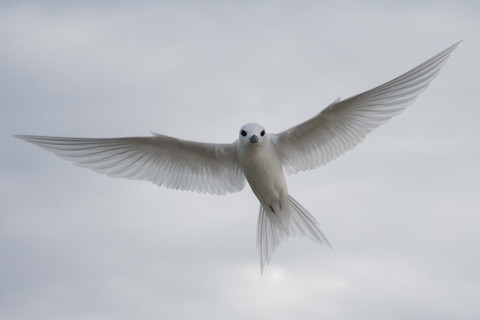
Common Fairy-Tern. (Sand Island, Midway Atoll National Wildlife Refuge, Hawaii; February 15, 2017.) © Eric VanderWerf

Common Fairy-Tern. (Sand Island, Midway Atoll National Wildlife Refuge, Hawaii; February 15, 2017.) © Eric VanderWerf
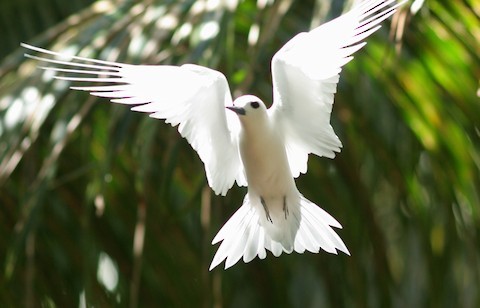
Common Fairy-Tern. (Cocos Island, Guam; March 19, 2017.) © Matthew Bowman
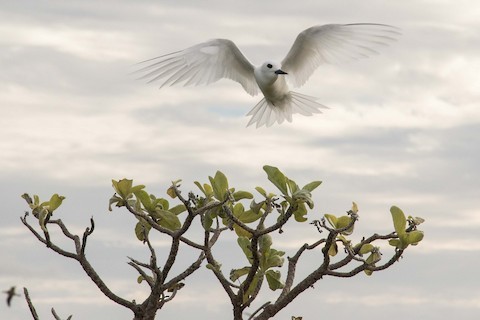
Common Fairy-Tern. (Sand Island, Midway Atoll National Wildlife Refuge, Hawaii; February 15, 2017.) © Eric VanderWerf
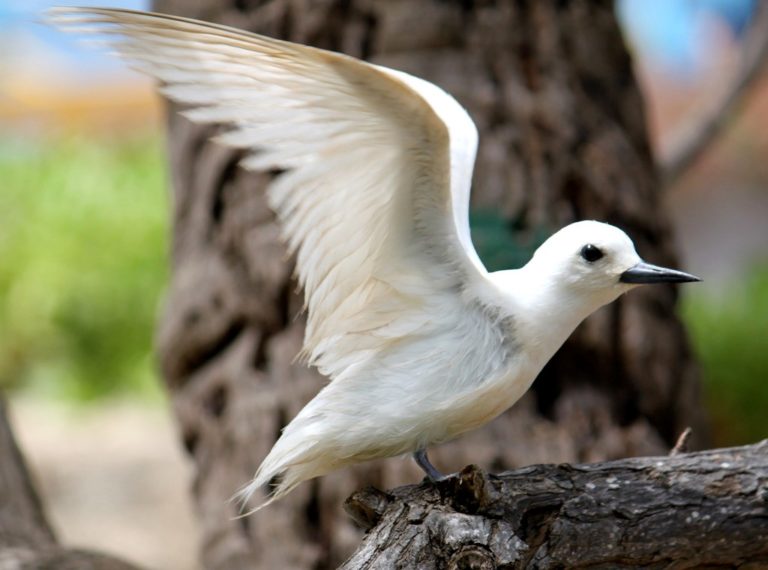
Common Fairy-Tern, juvenile. (Makapuu, Oahu, Hawaii; July 9, 2011.) © Kyle Van Houtan

Common Fairy-Tern, juvenile. (Captain Cook Memorial, Norfolk Island, Australia; February 20, 2018.) © Irena Earl
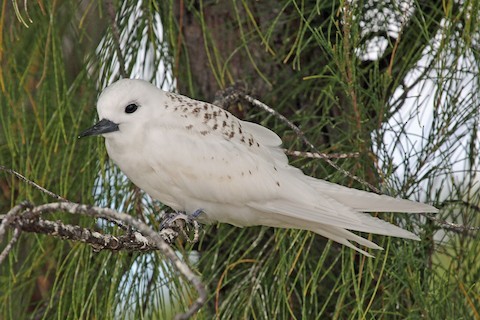
Common Fairy-Tern. (Île aux Cocos, Rodrigues Island, Mauritius; October 20, 2013.) © Phillip Edwards
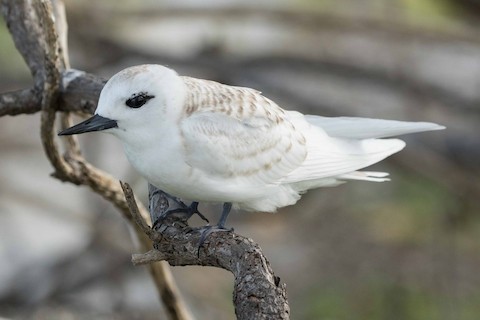
Common Fairy-Tern, juvenile. (Motu Tapu, Kiribati; August 18, 2019.) © Eric VanderWerf
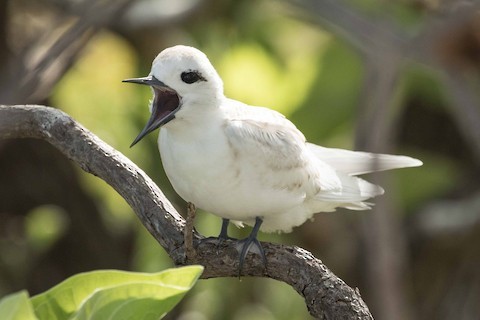
Common Fairy-Tern, juvenile. (Motu Tapu, Kiribati; August 18, 2019.) © Eric VanderWerf

Common Fairy-Tern, fledgling. (For Derussy Beach Park, Honolulu, Hawaii; December 19, 2017.) © Derek Stokes
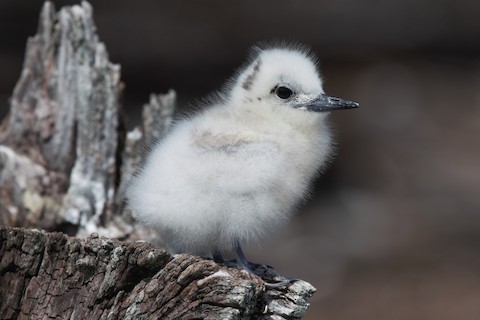
Common Fairy-Tern, nestling. (Eastern Island, Midway Atoll National Wildlife Refuge, Hawaii; June 28, 2019.) © Jonathan Plissner
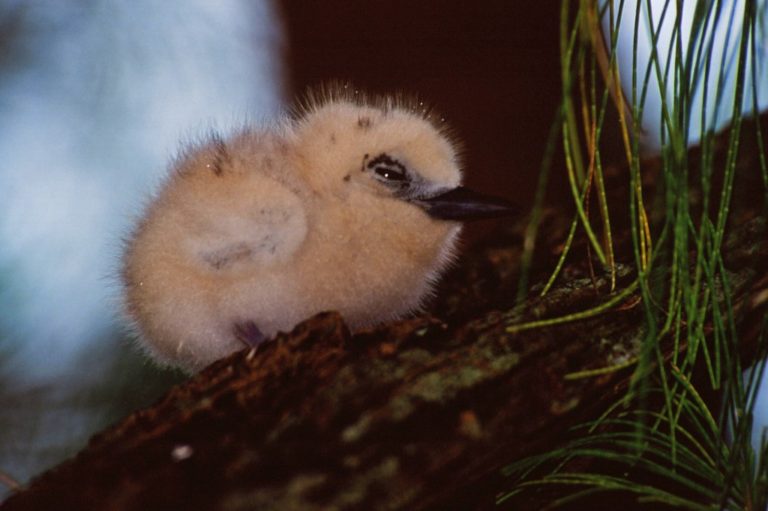
Common Fairy-Tern, nestling. (Sand Island, Midway Atoll National Wildlife Refuge, Hawaii; April 14, 1998.) © Scott Buckel

Common Fairy-Tern, adult with chick. (Île aux Cocos, Rodrigues Island, Mauritius; October 20, 2013.) © Phillip Edwards
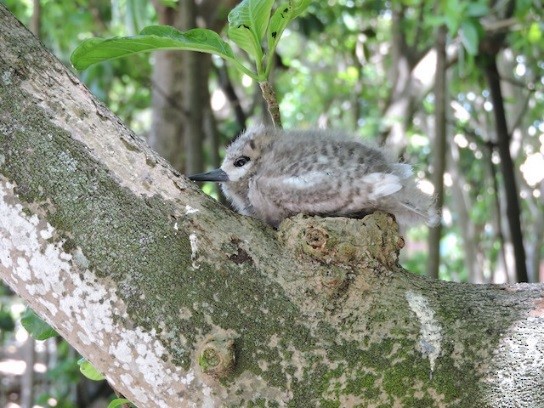
Common Fairy-Tern, nestling. (Norfolk Island, Australia; December 2, 2015.) © David and Kathy Cook

Common Fairy-Tern, nestling. (Norfolk Island, Australia; December 2, 2015.) © David and Kathy Cook
Cf. Little Fairy-Tern. Common Fairy-Tern potentially occurs throughout the eastern Polynesian range of Little Fairy-Tern, and is in the process of displacing it, as Little formerly occurred more widely across large areas of the central Pacific currently occupied exclusively by Common. They were traditionally considered conspecific but differ fundamentally in size, bill shape and color, and tail shape.
Little is about 15-20% shorter in most measurements, and has a thinner, straighter, all-black bill—whereas Common’s appears more upturned and typically shows extensive blue at its base (see Pratt 2020 for detailed comparison). Little’s tail has a shallow notch and rounded corners, whereas Common’s is forked, or deeply notched, and usually has pointed corners. Little also shows a proportionately larger black eye-ring, but this is difficult to evaluate without photographs to compare.

Common (top) and Little Fairy-Tern specimens, showing differences in overall size and bill shape—note that Common’s bill has a blue base when alive, but the color does not remain on specimens. (Common, G. a. candida, collected at French Frigate Shoals, Hawaii, on April 5, 1999; Little, G. a. microrhyncha, collected near Kahuku, Oahu, Hawaii, on April 21, 1924.) © Peter Pyle
Cf. Atlantic Fairy-Tern. Common and Atlantic Fairy-Terns are not known to have occurred in one another’s ranges. However, the identity of some vagrants has been uncertain, particularly as the two forms were traditionally considered conspecific and the differences have not been widely understood. Common’s bill is distinctly upturned and has an extensively blue base, whereas Atlantic’s bill is nearly straight (more typically tern-shaped) and usually all-black—although it sometimes has a small amount of blue near the base. Vocalizations differ: Atlantic appears to have a wider vocal range, including some call that are similar to but notably deeper than Common’s.
Notes
Monotypic species. Traditionally considered conspecific with Atlantic Fairy-Tern (G. alba) and Little White Noddy (G. microrhyncha), known collectively as the White Tern (G. alba), but the anatomical differences among them are substantial, as detailed by Pratt (2020), almost certainly sufficient to sustain recognition as separate species.
References
BirdLife International. 2018. Gygis alba. The IUCN Red List of Threatened Species 2018: e.T22694821A132576063. https://dx.doi.org/10.2305/IUCN.UK.2018-2.RLTS.T22694821A132576063.en. (Accessed November 20, 2020.)
Brazil, M. 2009. Birds of East Asia. Princeton University Press.
eBird. 2020. eBird: An online database of bird distribution and abundance. Cornell Lab of Ornithology, Ithaca, N.Y. http://www.ebird.org. (Accessed November 20, 2020.)
Garrigues, R., and R. Dean. 2014. The Birds of Costa Rica: A Field Guide (Second Edition). Cornell University Press.
Harrison, P. 1983. Seabirds: An Identification Guide. Houghton Mifflin, Boston.
Howell, S.N.G., and S. Webb. 1995. A Guide to the Birds of Mexico and Northern Central America. Oxford University Press.
Howell, S.N.G., and K. Zufelt. 2019. Oceanic Birds of the World. Princeton University Press.
McMullan, M., and T. Donegan. 2014, Field Guide to the Birds of Colombia (Second Edition). Fundación Proaves de Colombia, Bogotá.
Pratt, H.D. 2020. Species limits and English names in the genus Gygis (Laridae). Bulletin of the British Ornithologists’ Club 140:195-208.
Pratt, H.D., P.L. Bruner, and D.G. Berrett. 1987. A Field Guide to the Birds of Hawaii and the Tropical Pacific. Princeton University Press.
Pyle, R.L., and P. Pyle. 2017. The Birds of the Hawaiian Islands: Occurrence, History, Distribution, and Status. Version 2 (January 1, 2017). http://hbs.bishopmuseum.org/birds/rlp-monograph/. B.P. Bishop Museum, Honolulu, Hawaii.
Raine, H., and A.F. Raine. 2020. ABA Field Guide to the Birds of Hawai’i. Scott & Nix, Inc., New York.
Stiles, F.G., A.F. Skutch, and D. Gardner. 1989. A Guide to the Birds of Costa Rica. Cornell University Press.
VanderWerf, E.A., and R.E. Downs. 2020. Current distribution, abundance, and breeding biology of White Terns (Gygis alba) on Oahu, Hawaii. Wilson Journal of Ornithology 130:297-304.
Xeno-Canto. 2020. White Tern – Gygis alba. https://www.xeno-canto.org/species/Gygis-alba. (Accessed November 20, 2020.)

